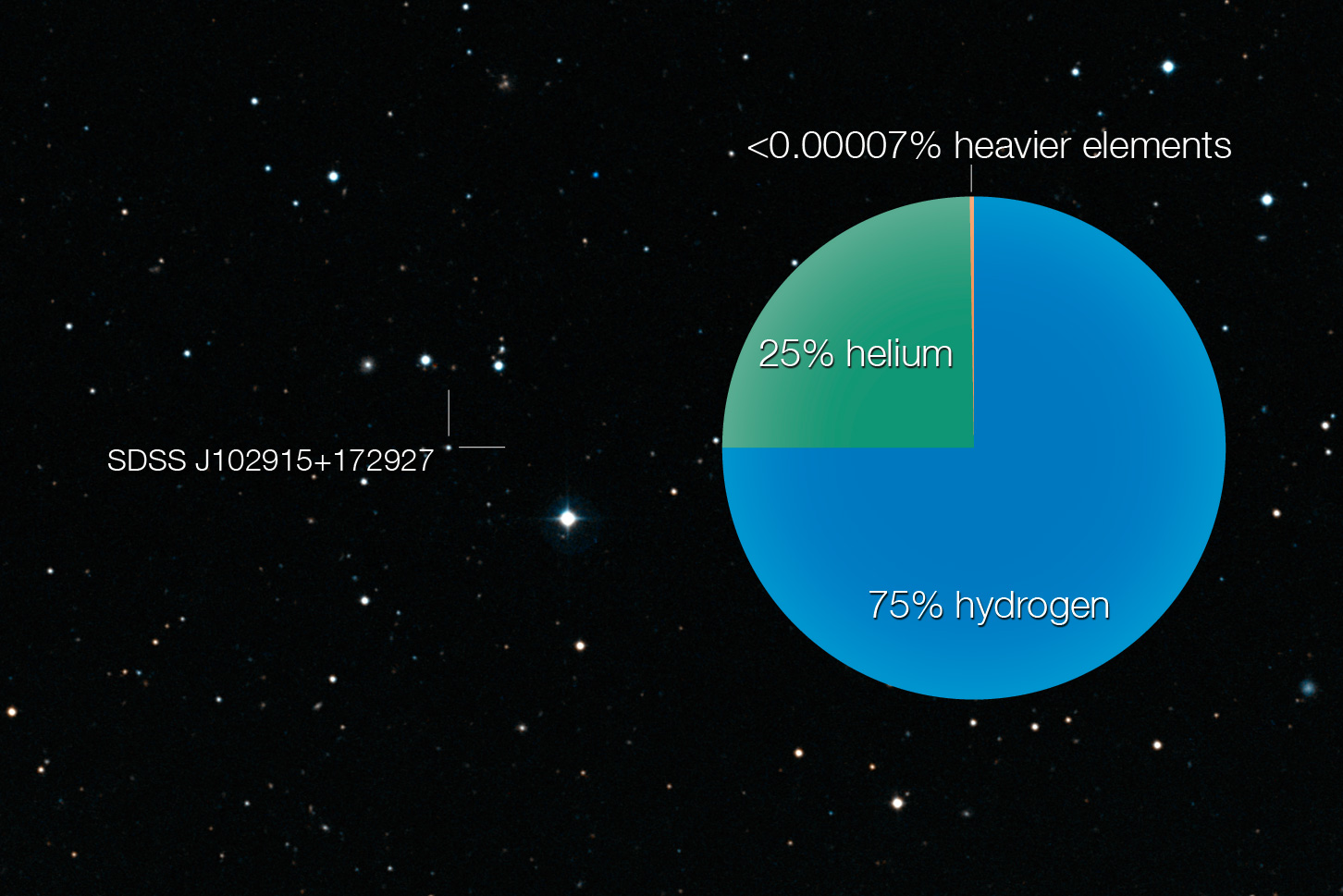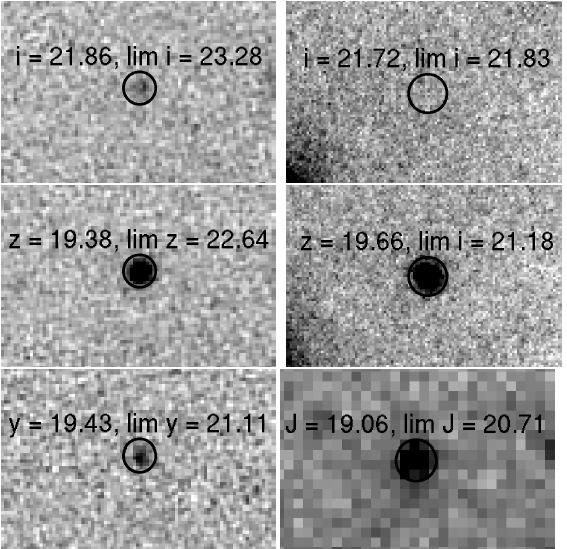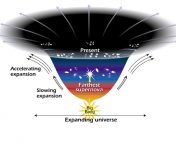• Title: The Detection of Interstellar Lithium in a Low-Metallicity Galaxy
• Authors: J. Christopher Howk, Nicolas Lehner, Brian D. Fields & Grant J. Mathews
• First Author’s Institution: Department of Physics, University of Notre Dame
Lithium in the Universe
Lithium is the third-lightest element in the universe. In our standard picture of the universe, most lithium was created through Big Bang Nucleosynthesis (BBN) shortly after the Big Bang (see this Astrobite). Exactly how much was created depends primarily on the relative amounts of light and matter. This is measured by the photon-to-baryon ratio, which we can measure from cosmic microwave background. Some discrepancies exist, however, between BBN predictions and what we actually measure in the Galaxy today. As mentioned in this recent Astrobite, the atmospheres of many stars have much lower lithium abundances than what we would expect from theory. Explanations for this phenomenon range from stars mixing lithium into their interiors, lowering surface abundances, to new physics that would affect how we understand the Big Bang itself.
In an effort to determine lithium abundances independently of stars, the authors measured lithium in the interstellar medium (ISM) of the Small Magellanic Cloud (SMC), a nearby dwarf galaxy. By comparing this value to BBN predictions, they constrain how much lithium could have been created in stars throughout the evolution of the universe.
Observations
Using the Ultraviolet and Visual Echelle Spectrograph on the Very Large Telescope in Chile, the authors took high resolution spectra of the star Sk 143. This star in the SMC was chosen since the line of sight to its surface showed conditions favorable to hosting neutral lithium: absorption from other neutral atoms and molecules in addition to a weak interstellar radiation field, meaning that few lithium atoms would be ionized. In addition, as a hot, massive O9.5-type star, it is not expected to host significant amounts of lithium. After fitting for the stellar continuum and column densities of two isotopes of Lithium (Li-7 and Li-6), a detection was made, seen in the plot below:

Figure 1: Lithium absorption along the line of sight to star Sk 143. The blue line indicates a Li-6 fit, the green line indicates a Li-7 fit, and the red line is the sum of the two which best matches the spectrum. The two absorption features in both Li-6 and Li-7, indicated by the tick marks, are due to hyperfine structure.
This spectrum shows the abundance of neutral lithium. Since not all of the lithium is neutral, however, corrections for ionization must be made to determine the total lithium abundance in the ISM. One involves extrapolating from the known ionization states of calcium and iron in the ISM, while the other compares the ratios of lithium to potassium in the SMC and the Milky Way, and applies an ionization correction to reconcile the two.
Implications
The final result is the SMC’s lithium-to-hydrogen ratio: Li/H = 4.8 + 1.8 x 10^-10. This is very similar to the prediction from BBN using the photon-to-baryon ratio determined from the microwave background, and so at first everything seems to be in agreement. However, this means that not very much chemical evolution can occur in stars after the light elements were formed. One proposed mechanism to solve this problem is if lithium is depleted in stellar atmospheres only at low metallicities — that is, very strong below SMC metallicites and nonexistent at or above this value — a fine-tuning that could seem improbable.
Another solution is to modify BBN. Many non-standard BBN models predict excess abundances of the Li-6 isotope. Since the only known source of Li-6 after BBN is interactions with cosmic rays, a measurement of the isotopic ratio should be able to constrain BBN models. It is normally difficult to measure Li-6 in stars due to stellar line broadening, but fairly easy in the cool ISM. This paper presents a ratio of Li-6/Li-7 = 0.13 + 0.05. Unfortunately the measurements are not precise enough to offer significant limits on non-standard BBN models, but future work will likely make this number a useful diagnostic of nucleosynthesis.




